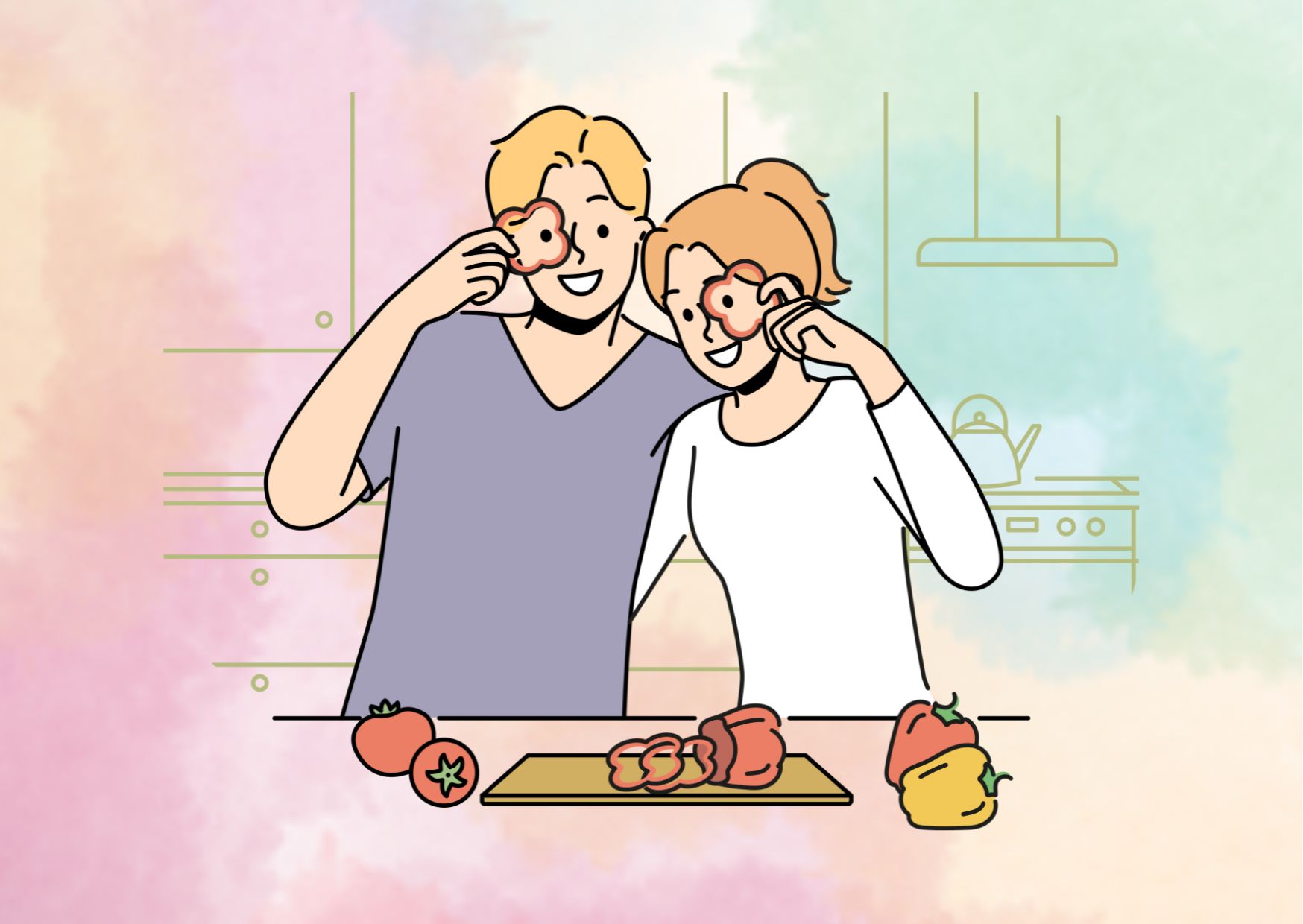6 Subtle Signs of Micro-Flirting
Flirting, a subtle art of attraction, often occurs through micro-expressions and non-verbal cues that can make or break romantic connections. In today’s social landscape, decoding these micro flirting signs has become crucial for navigating potential relationships. From a lingering gaze to a playful touch, these understated gestures carry significant weight in signaling romantic interest, yet their subtlety can lead to misinterpretations and confusion.
This comprehensive guide explores the nuanced world of micro-flirting, delving into its psychological underpinnings, common scenarios where it unfolds, and effective techniques to both interpret and employ these subtle cues. We’ll examine the benefits of mastering micro-flirting, as well as the ethical boundaries and potential pitfalls that come with this delicate social dance. Whether you’re seeking to enhance your flirting skills, better understand signals of attraction, or simply navigate the complexities of modern dating, this article provides invaluable insights into the art of micro-flirting.
What is Micro-Flirting?
Micro-flirting is a subtle and understated form of flirting that involves conveying interest through small, often subconscious gestures, body language, and verbal cues. Unlike overt flirting, which can be bold and direct, micro-flirting is a more cautious and nuanced approach to gauging someone’s interest without the risk of outright rejection.
Defining Micro-Flirting
Micro-flirting is the art of showing your interest in someone in a way that isn’t over the top. It manifests through careful signs of attention and interest, creating a comfortable atmosphere for communication without stepping over the line. As Tanya Dmitrieva, a certified sex therapist and co-founder of the wellness platform Deep, explains, “It’s about making a connection without stepping over the line, creating a comfortable atmosphere for communication.”
The Subtleties of Micro-Flirting
Both verbal and non-verbal cues play a crucial role in micro-flirting. Body language, such as smiling, gently touching one’s hair, or standing close during a conversation, can convey interest subtly. Verbal cues may include compliments on someone’s clothing or personality traits, or asking questions to learn more about them.
In the workplace, micro-flirting could involve inquiring about someone’s recent project or weekend activities, while in social settings, it might involve choosing to converse with a particular person, maintaining eye contact, or expressing happiness at seeing them.
ChatGPT je rekel:
The Nuanced Art of Micro-Flirting
Micro-flirting is often described as flirting in lowercase or a teeny-tiny disguise of traditional flirting. As Marni Kinrys, a dating coach who teaches men how to attract women, puts it, “Most people start with micro-flirting before they engage in flirting. It’s 1% of people that go for the kill right away! 99% of others micro-flirt.”
This nuanced approach to flirting is particularly appealing to those who are more introverted or find overt flirting challenging. It allows individuals to test the waters and gauge interest without the risk of outright rejection, making it a valuable tool for navigating the complexities of modern dating and social interactions.
The Psychological Mechanics Behind Micro-Flirting
Subtlety and Ambiguity
The allure of micro-flirting lies in its subtlety and ambiguity. Unlike overt flirting, which can be bold and direct, micro-flirting operates on a more nuanced level, allowing individuals to test the waters and gauge interest without the risk of outright rejection. As the saying goes, “Were you even flirting? Who’s to say!”
This cautious approach is rooted in the psychological desire to protect one’s ego and self-esteem. By employing micro-flirting techniques, individuals can convey interest while maintaining plausible deniability. If the signals are not reciprocated, they can easily attribute their actions to friendliness or politeness, avoiding the sting of rejection.
However, the very subtlety that makes micro-flirting appealing also presents a significant challenge. The ambiguity inherent in these understated gestures and cues can lead to misinterpretations and confusion. One person’s micro-flirting may be perceived as mere friendly interest or appropriate workplace behavior by the other, thwarting attempts to convey romantic intentions.
Body Language Cues
Body language plays a pivotal role in the art of micro-flirting. Non-verbal cues, such as eye contact, proximity, and subtle touches, can convey volumes without uttering a word. These cues tap into our primal instincts and subconscious desires, often bypassing conscious awareness.
- Eye Contact: Direct eye contact, when executed with a sly, sexy undertone, can be a powerful signal of attraction. The “three-second rule,” where one looks at the person of interest, looks away, and then looks back within three seconds, can create a palpable connection.
- Proximity: Standing closer than usual to someone can be a subtle form of micro-flirting, as it breaches personal space boundaries and creates an intimate atmosphere.
- Light Touches: Unobtrusive gestures, such as a light touch on the shoulder or hand, depending on the level of closeness with the person, can convey receptiveness and interest, creating a more inviting space.
- Subtle Signals: Raising eyebrows, smirking, winking, and genuine smiles are fairly obvious signs of flirting, albeit in a micro-flirting context.
Verbal vs Non-verbal
While body language plays a crucial role in micro-flirting, verbal cues can also contribute to the overall dynamic. Compliments on someone’s clothing or personality attributes, or asking them a variety of questions about themselves, can be subtle ways of expressing interest.
However, it’s important to note that micro-flirting is often more heavily reliant on non-verbal cues than verbal ones. What is left unsaid can be just as powerful as what is said, creating a delicate dance of subtext and innuendo.
The interplay between verbal and non-verbal cues is what creates the intricate tapestry of micro-flirting. A well-timed compliment coupled with a lingering gaze or a gentle touch can amplify the impact, while a misalignment between the two can lead to confusion or misinterpretation.
Why People Micro-Flirt
Micro-flirting has emerged as a popular approach to expressing romantic interest, particularly among those who are more reserved or cautious in their pursuit of potential partners. There are several key reasons why individuals choose to engage in this subtle form of flirting.
Fear of Rejection
One of the primary motivations behind micro-flirting is the fear of rejection. Many people, especially those who have experienced rejection in the past or struggle with insecurity, find solace in the ambiguity of micro-flirting. By employing understated gestures and cues, they can test the waters and gauge the other person’s interest without the risk of outright rejection. As Zohar, a dating

